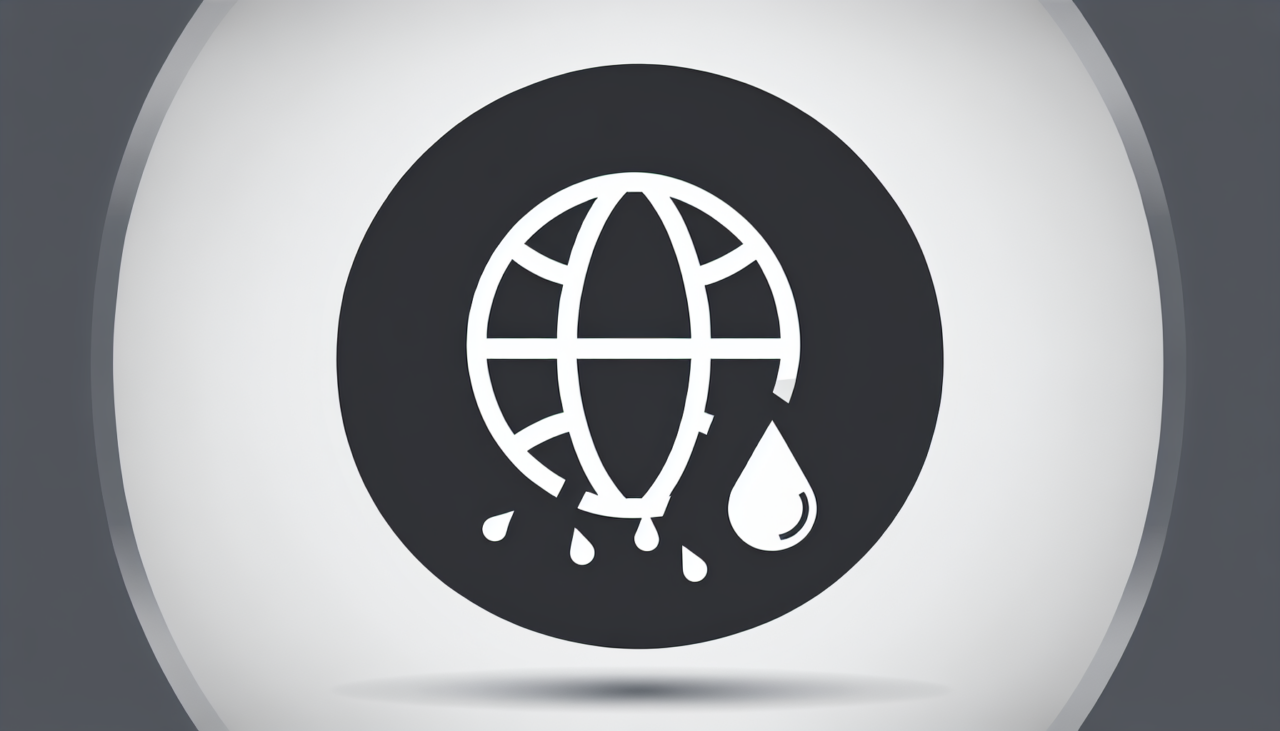Understanding the WebRTC Leak and Its Implications on Proxy Performance, Anonymity, and Security
In the digital age, where privacy and security are increasingly paramount, the intricacies of web technologies often intertwine in ways that can jeopardize our intended anonymity. One such technology, WebRTC (Web Real-Time Communication), is designed to enable peer-to-peer communication directly from web browsers. However, this seemingly innocuous feature can become a double-edged sword, particularly when it comes to its interaction with proxies. The WebRTC leak, a phenomenon where a user's real IP address is exposed despite the use of a proxy, poses significant challenges to anonymity, security, and even the performance of the proxy itself.
Impact on Proxy Speed and Functionality
At its core, WebRTC facilitates direct data exchange, which can enhance the speed and efficiency of communication applications, such as video calls and file sharing. However, when a WebRTC leak occurs, it often results from an application bypassing the proxy settings to establish a direct connection. This not only undermines the primary purpose of using a proxy—to mask the user's IP address—but can also lead to unexpected performance degradation. The direct connection may introduce additional latency, as data is routed through multiple channels, disrupting the seamless experience that users expect. Furthermore, this unintentional bypass can overwhelm the proxy’s functionality, as it becomes unclear which traffic is being routed through the proxy versus which is being sent directly, complicating bandwidth management and overall service quality.
Consequences of Misconfiguration
Misconfigurations associated with WebRTC can manifest in various ways. For example, if a user inadvertently allows WebRTC to function without appropriate safeguards, their IP address may leak even when connected to a VPN or proxy. This not only exposes the user to potential tracking and surveillance but can also lead to data breaches, where sensitive information becomes vulnerable to malicious actors. Moreover, such leaks can erode trust in the proxy service itself, as users become aware that their privacy is not as robust as they believed.
How Proxy Providers Address WebRTC Leak
Recognizing the critical nature of this issue, many proxy providers have adopted strategic measures to mitigate the risks associated with WebRTC leaks. These measures often include offering explicit configurations that disable WebRTC within the user's browser or application settings. Proxy providers may also provide dedicated support and guidance to their users, ensuring that they are aware of the potential vulnerabilities associated with WebRTC and how to manage them effectively. Advanced proxy solutions may even implement technical barriers that prevent WebRTC connections from being established altogether, thus ensuring that user anonymity remains intact.
Scenarios Illustrating the Impact of WebRTC Leak on Proxy Usage
To illustrate the profound implications of a WebRTC leak, consider the following scenarios:
-
Personal Privacy Compromised: Imagine a journalist using a proxy to communicate with sources in a politically sensitive region. They rely on WebRTC for secure video calls, believing their identity is protected. However, due to a WebRTC leak, their real IP address is exposed, leading to potentially dangerous repercussions for both the journalist and their sources. This incident highlights the critical need for robust security measures when engaging in sensitive communications.
-
Corporate Espionage Threat: In a corporate environment, an employee working remotely connects through a proxy to access internal resources. Unbeknownst to them, WebRTC is enabled, and a leak occurs during a routine video conference. This inadvertent exposure of their IP address could allow competitors to track their online activities, presenting a significant risk to the company's intellectual property. Such scenarios underscore the importance of comprehensive training and clear policies regarding the use of WebRTC in professional settings.
In conclusion, while WebRTC enhances communication capabilities, it also introduces vulnerabilities that can affect proxy performance, anonymity, and security. By understanding these dynamics, users can adopt informed strategies to safeguard their privacy and ensure that their digital interactions remain secure. As we navigate this complex landscape, it is essential to stay vigilant and proactive, recognizing that the tools we use can either fortify our defenses or inadvertently expose us to risk.

Comments (0)
There are no comments here yet, you can be the first!